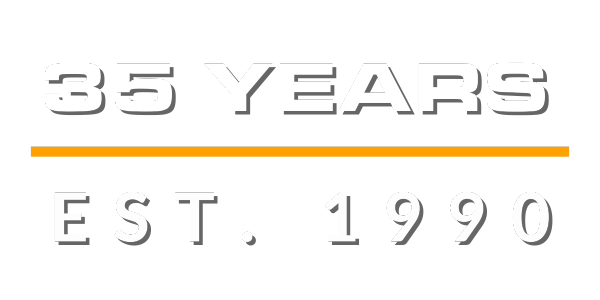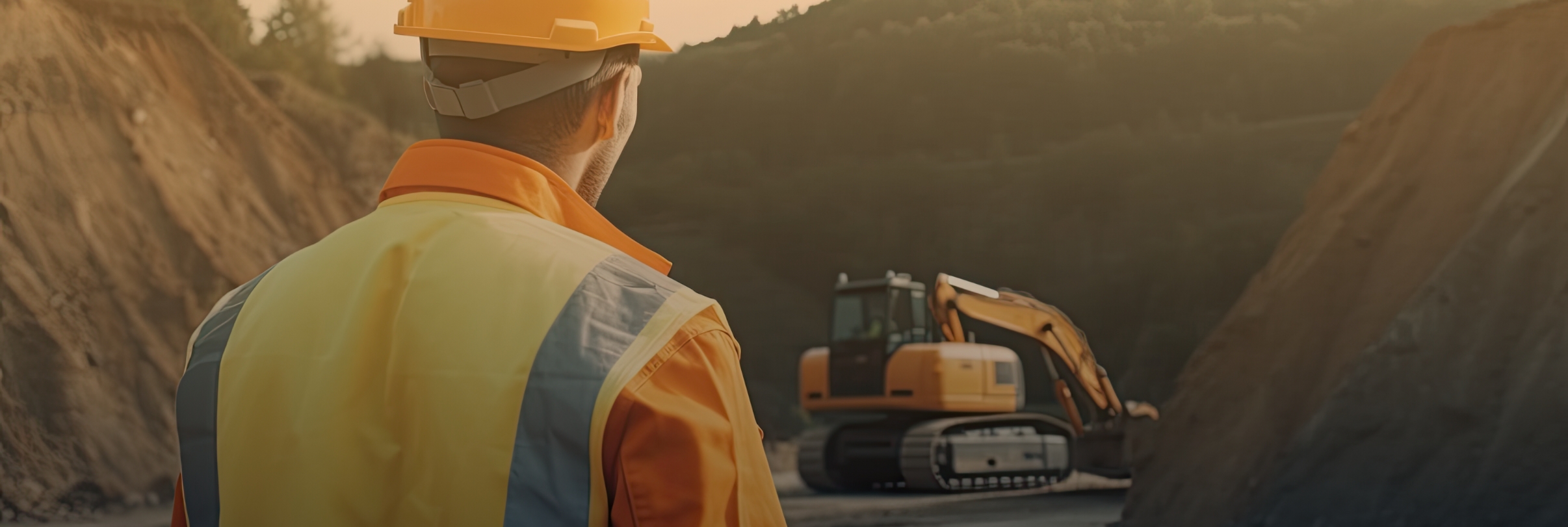14. LIFE-CYCLE COST ANALYSIS
As we wrap up our series on Total Cost of Ownership (TCO), we introduce the capstone concept: Life-Cycle Cost Analysis (LCCA). LCCA is an essential tool for understanding the comprehensive cost of equipment ownership throughout its lifespan. This approach aggregates various expenses, including the initial purchase price, operational expenses, maintenance and repair, and the equipment's potential resale value.
For those seeking a deeper dive into these individual cost components, we highly recommend revisiting our previous articles. Each piece is designed to provide detailed insights into these cost elements. By integrating these factors, buyers are empowered to gain a more transparent and long-term perspective on the financial implications of their equipment investments.
The formula for LCCA is not a single equation but a combination of various components that are summed to derive the total life-cycle cost. He is a breakdown of the components and what you need to calculate the costs:
Key Components:
- Initial Cost: The purchase price of the equipment or its current market value if it's used.
- Operation Costs: Includes fuel, energy consumption, and operator wages.
- Maintenance and Repair Costs: Regular servicing, replacement parts, and unexpected repairs.
- Equipment Downtime: Costs associated with non-operational periods, including lost productivity.
- Residual Value: The estimated resale value or scrap value at the end of its useful life.
LCCA enables your business to make more financially informed decisions. It serves as a tool for forecasting long-term expenses and identifying potential cost savings, which is especially important in the construction equipment market where initial costs can be misleading. LCCA is not just beneficial but essential for businesses in making informed, strategic decisions when acquiring used construction equipment, ensuring that each purchase aligns with their long-term financial goals and operational needs.
Let’s apply the LCCA formula to get more understanding on how it works.
LCCA=C initial+(C annual × n)−C residual
Where:
- C initial is the initial purchase cost of the equipment.
- C annual is the estimated annual cost, including operation, maintenance, and downtime.
- n is the expected lifespan of the equipment in years.
- C residual is the estimated residual or resale value of the equipment at the end of its lifespan.
Using the example:
- Initial Cost (C initial): $100,000
- Annual Costs (C annual): $30,000 (combined operational, maintenance, and downtime costs)
- Expected Lifespan (n): 10 years
- Residual Value (C residual): $20,000
Now, let's calculate the LCCA using the formula.
$100,000+($30,000 x 10) - $20,000=$380,000
Using the simplified Life-Cycle Cost Analysis (LCCA) formula, the total cost for the used construction excavator over its 10-year lifespan is calculated to be approximately $380,000.
This simplified approach provides a quick estimate by summing the initial cost, multiplying the annual costs by the equipment's lifespan, and then subtracting the estimated residual value. While it lacks the nuance of discounting future costs to their present value, this method still offers a straightforward way to gauge the overall financial impact of purchasing and operating the equipment.
Understanding the true cost of equipment ownership is critical for making informed decisions that align with your business's financial and operational goals. At Rhino Machinery, we're dedicated to helping our clients navigate these complex calculations with our expert insights and a wide selection of quality used construction equipment. Our commitment is to ensure you find the best value and the right machinery to meet your needs.
We invite you to explore how Rhino Machinery can support your business's growth and success. With our comprehensive understanding of LCCA and our tailored approach to customer service, we're here to guide you through every step of your equipment purchasing journey. Connect with us today to discover how we can help you optimize your equipment investments for a brighter, more efficient future.





